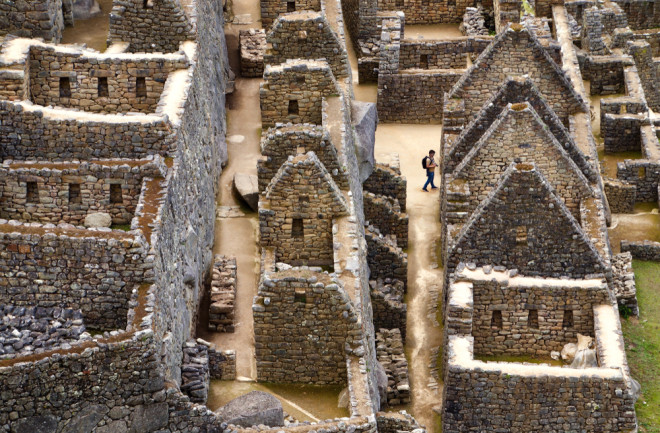The latest research aims to delve into the origins of the inhabitants of Machu Picchu, the renowned archaeological site. Through the use of DNA analysis, this study offers fascinating insights into the construction of this ancient marvel, which was built in the 15th century without the use of mortar or wheels. The construction process involved an arduous task: workers laboriously pushed heavy stones uphill or directly carved them from the mountainside’s bedrock. The walls were meticulously crafted using the “idquo ashlar” method, ensuring the stones fit together seamlessly. Even today, Machu Picchu attracts hundreds of thousands of visitors, who marvel at this mountain complex built for the Incan emperor, Pachacuti. Rising over 7,800 feet above sea level, the complex’s highest point, known as the Citadel, towers amidst the clouds. Its narrow pathways weave through agricultural terraces, roads, and approximately 200 structures dedicated to religious, astronomical, and domestic purposes.
Machu Picchu served as a seasonal residence for Incan royalty, accommodating several hundred attendants and workers year-round. While the site never housed more than 750 individuals, this new study analyzed the DNA of 34 of these people to determine their origins. The findings revealed a diverse range of backgrounds. Jason Nesbitt, an associate professor of archaeology at Tulane University, emphasizes that the DNA analysis focused on the lower status individuals, rather than elites or royalty. Comparing the DNA from Machu Picchu burials with ancient Incan DNA and modern DNA from South America, researchers found similarities not only in the Andean highlands but also along the Peruvian Coast, which was somewhat expected. Surprisingly, they also discovered connections to modern individuals from the Peruvian, Ecuadorian, and Colombian Amazon regions, particularly with regards to female DNA. The paper suggests that these findings warrant further investigation.
It is worth noting, however, that genetics alone cannot determine ethnicity or other such factors. Yet, the study does demonstrate that the inhabitants of Machu Picchu originated from various parts of the Incan Empire. Importantly, these individuals arrived at the site as solitary travelers rather than as part of a family or community group. They spent their lives there and were laid to rest in one of Machu Picchu’s four burial grounds. Nesbitt highlights that this study reinforces previous research conducted at Machu Picchu and other Incan sites, painting a more comprehensive picture of the ancient civilization.
Read more: how did the Inca build Machu Picchu.
Already a subscriber? Register or Log In. To continue reading, simply pay a low fee of $1.99! Subscribe now to enjoy the full article. Already a subscriber? Register or Log In.
